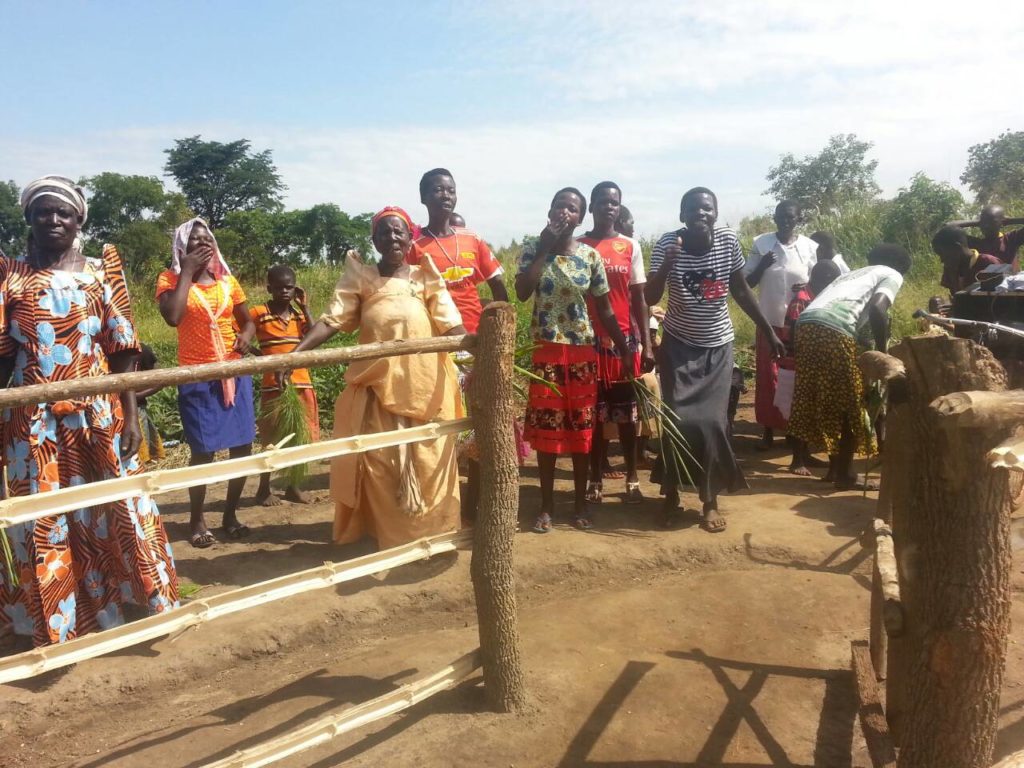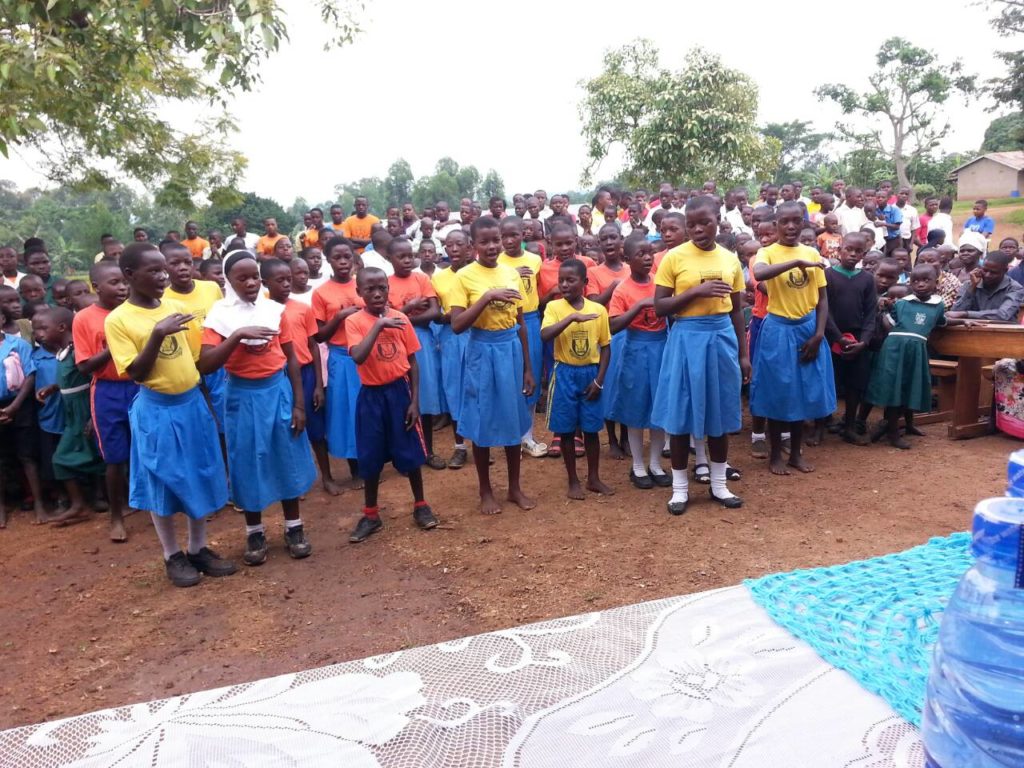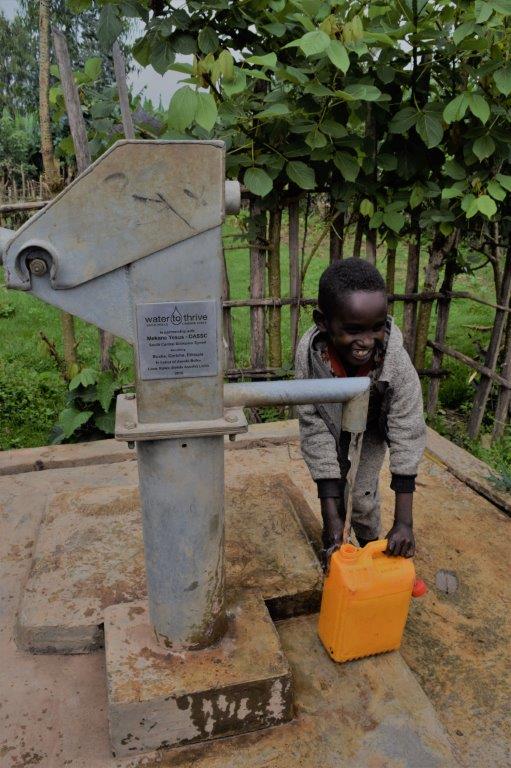
Water to Thrive Executive Director Susanne Wilson has spent two weeks before our Climb for a Cause visiting partners and projects in Uganda. Despite intermittent Internet access, she is sending reports back whenever she can. This report covers her final days in Uganda. A gallery of images follows the post.
Today marks the end of Water to Thrive’s vision trip to Uganda. I prefer “vision” to “mission” as our trips are more about developing the future for the people we serve.
Our vision is that everyone will have access to clean, safe drinking water. The vision is seemingly simple at the base level, yet far-reaching as I travel across the countries of Ethiopia, Uganda and Tanzania and learn of the depth and breadth of the impact that clean water can have.
The stories shared by the women sometimes make me cringe, even make me angry. I can’t believe how they are suffering, and there is a part of me that wants to do more. I know about the long hours they spend collecting water and the time it saves them when Water to Thrive places a well in a village, but it’s the other stories I hear that make me realize the farther-reaching impact of clean water.
They share stories about no longer being beaten because now they have time to cook good meals and their husbands are happy. They share stories about their little girls attending school. The big wish at one of the wells was that they needed a school now that they are healthy as the result of clean water. Along the roads are always people selling roasted corn, vegetables, chapati, and fruits, and with more time, the women can develop economically and help support their families and communities.
Much of the work of water results in the empowerment of women. Water to Thrive’s guidelines for water projects include the provision that at least half the members of each water management committee be women. In the villages we visited on this vision trip, many times, the women served as officers and even as chairs of the committees.
The work of water is not just about providing clean, safe water, but is truly about cultural change. Sanitation and hygiene training is called the software component of our work. The communities’ members are training about hand washing, keeping the water containers clean, creating defecation-free zones, pit latrine building, disease and germ transference, and more. Water is part of the solution because without the training, disease and contamination will continue.
An additional part of the training is management and oversight. Some of the committees have guards who open and close the wells. The committees collect user fees to take care of maintenance issues or breakages. All of these systems are set in place to ensure sustainability.
We have witnessed the joy of simple blessing of clean water. We danced and sang and shook hands with hundreds of people. We’ve been blessed and prayed over, we’ve held beautiful babies, we’ve bumped along hundred of miles of dirt roads, we’ve taken thousands of photos of small children who laugh hysterically when we show them those photos.
It is with gratitude for our easy lives and for clean water that we ask God to continue watching over our work and to bless us in the vision of creating a world where everyone has clean, safe drinking water.
[envira-gallery id=”5304″]



About The Author: Water to Thrive
More posts by Water to Thrive